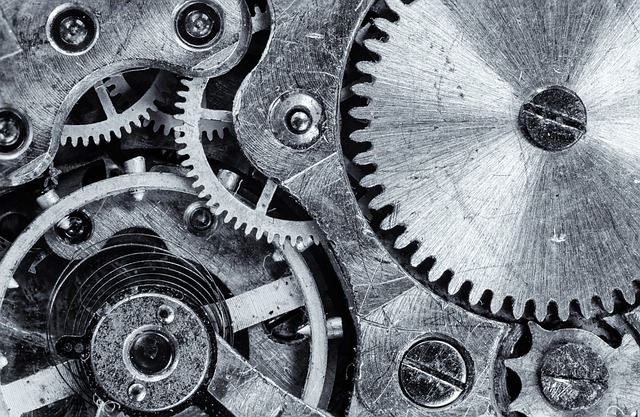Step closer to a painting, and you might first see the vibrant splash of color, the delicate line, or the bold composition. But beneath the surface, a complex interplay of forces, like intricate mechanisms, are at work, weaving together threads of history, society, and individual expression. Painting isn’t merely applying pigment to canvas; it’s a profound convergence shaped by diverse systems and influences.
The Mechanisms of Fine Arts
Within the realm of Fine Arts, painting operates through established yet ever-evolving mechanisms. Consider the mastery of technique – the precise application of paint, the understanding of light and shadow, the principles of perspective and composition. These are not just arbitrary rules but refined processes developed over centuries, forming a foundational “engine” for visual creation. Think of the Renaissance masters’ anatomical precision or the Impressionists’ revolutionary handling of light; these represent shifts and advancements within the technical mechanisms of painting. Furthermore, the historical context within Fine Arts provides another layer – the dialogue between artists, the influence of movements, the structure of academies or alternative spaces – all subtly guide the artist’s hand and the viewer’s eye.
Cultural Currents and the Canvas
Painting is deeply embedded in Culture, absorbing and reflecting the world around it through powerful mechanisms. A painting doesn’t exist in a vacuum; it is born from a specific time, place, and set of societal values. The cultural narratives, religious beliefs, political climates, and social structures of an era inevitably seep into the canvas, sometimes overtly, sometimes through subtle symbolism or thematic choices. Patronage, exhibitions, and critical reception are also part of the cultural mechanisms that determine what is painted, how it is seen, and whose stories are told. A portrait from the Dutch Golden Age reveals mechanisms of mercantilism and social status, just as a contemporary piece might engage with mechanisms of identity, technology, or globalization. The painting becomes a mirror, reflecting the complex machinery of human civilization back upon itself.
The Core Mechanisms of Art
Ultimately, painting functions through the fundamental mechanisms of Art itself – the drive to express, to communicate, to evoke emotion, and to create meaning beyond the literal. This is perhaps the most mysterious engine at play. It involves the artist’s unique vision, their personal experiences, and their intuitive choices that breathe life into the work. It’s about the arrangement of elements that sparks recognition, wonder, discomfort, or joy in the viewer. These are the mechanisms of connection – the way colors resonate, forms speak, and the intangible becomes visible. It’s the process by which a simple surface transcends its materials and becomes a profound statement, capable of touching the human spirit across time and space. The beauty lies in the intricate dance between the structured mechanisms of technique and culture, and the fluid, deeply personal mechanisms of artistic expression.




